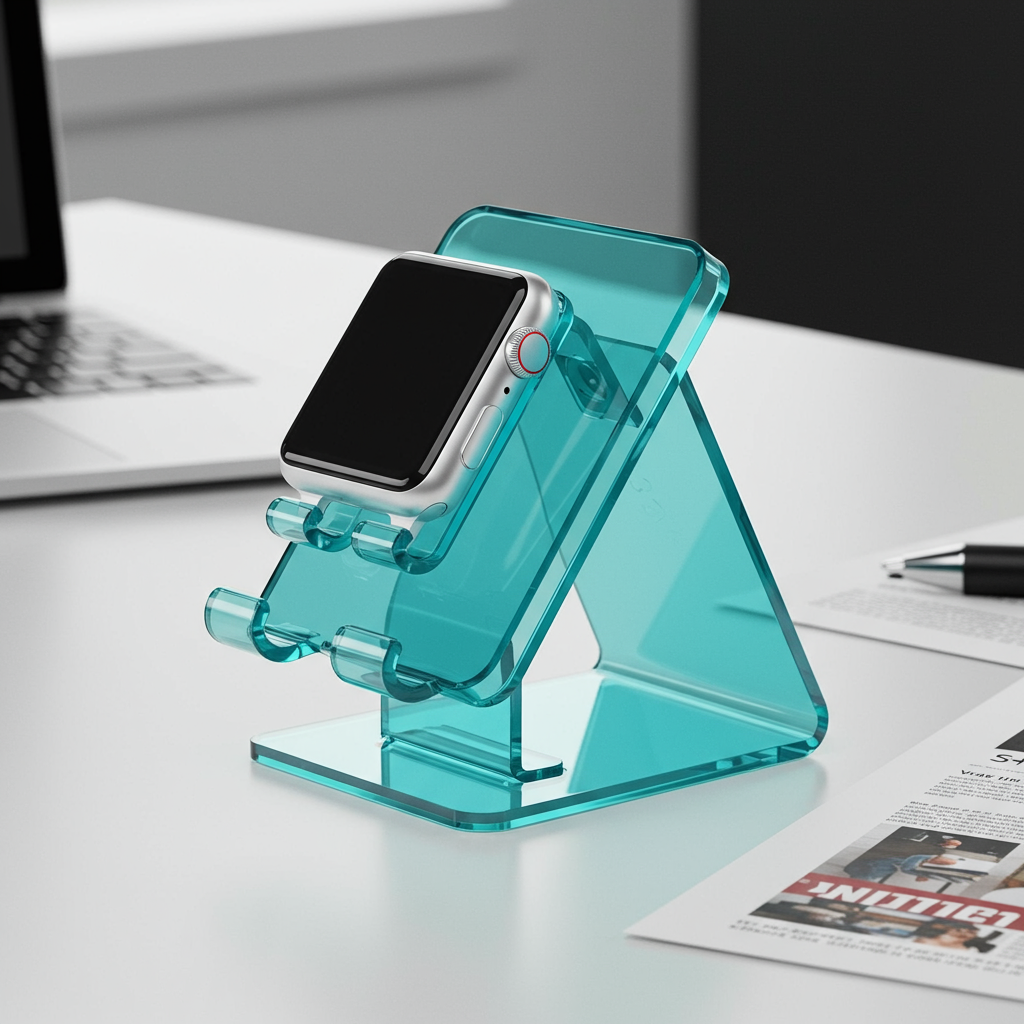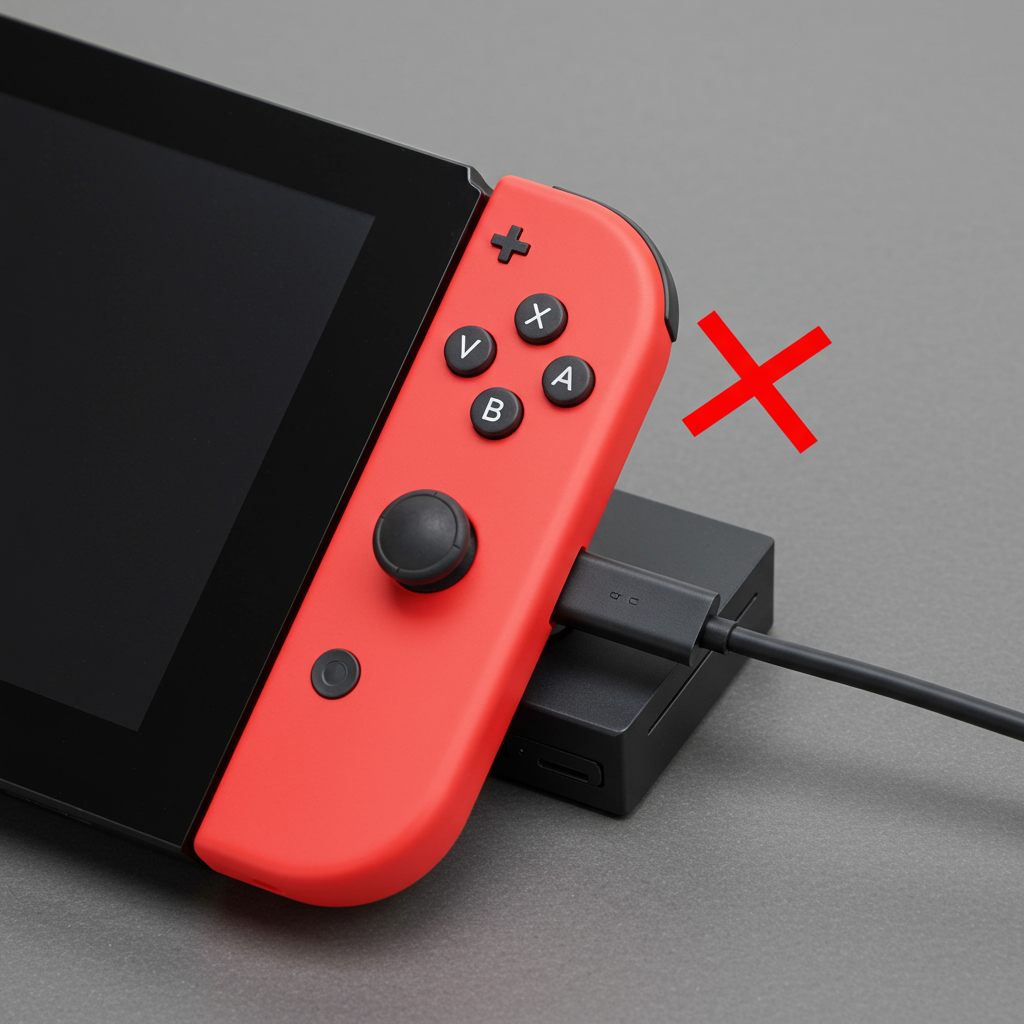Imagine carrying a massive, multi-monitor setup in your bag. That’s the promise of extended reality (XR) glasses like the Xreal One Pro, and after spending 10 days working, gaming, and watching media on them – everywhere from airplanes and cars to my home office – it’s safe to say they’ve fundamentally changed my perception of portable computing. These aren’t just fancy screens; they’ve genuinely replaced my traditional desktop monitors for much of my workflow.
The Freedom of a Giant Screen, Anywhere
For years, I relied on external monitors to boost productivity, whether at my desk or trying to replicate that experience on the go. Laptops alone often feel limiting. The Xreal One Pro offers a compelling alternative, projecting a virtual screen that feels as large as 200 inches (or even 222 inches in theater mode), viewed from roughly 20 feet away. This isn’t just a novelty; it unlocks a level of productivity previously confined to a stationary desk.
Connecting the glasses via a simple USB-C cable to devices like my Surface Pro or MacBook Pro instantly transforms my workspace. Unlike standard portable monitors, which require finding space for a physical screen, these glasses project the display directly into my field of view.
Effortless Multitasking: A True Monitor Replacement
The most impactful feature for me has been the ability to replicate a multi-monitor setup using the ultra-wide mode. With a traditional laptop, multitasking means constantly alt-tabbing or awkwardly splitting a single screen. The Xreal One Pro’s virtual display allows me to arrange multiple application windows side-by-side, just as I would on physical monitors. The glasses remember where I left my windows, ensuring they reappear exactly in place, creating a remarkably fluid multitasking experience.
This capability is transformative for portable work. As explored in experiments using AR glasses with mini-PCs, pairing a powerful, pocketable computer with a large virtual display can effectively recreate a full desktop environment anywhere you have a flat surface for peripherals. I found adapting to this virtual workspace surprisingly quick, allowing me to comfortably write, edit, and manage multiple tasks away from my usual desk setup.
Immersive Visuals and Leading Technology
The visual experience on the Xreal One Pro is impressive, driven by new flat prism optics. The display boasts a wide 57-degree field of view – currently among the widest available in consumer AR glasses – minimizing the feeling of looking through a small window often found in competing models. The picture is bright and clear, earning praise from experts for its quality and sharpness.
Powering this experience is Xreal’s new X1 spatial computing chip. This dedicated silicon is a game-changer, enabling advanced features like the essential 3 Degrees of Freedom (3DoF) tracking directly out of the box. 3DoF allows the virtual screens to stay anchored in your view as you turn your head, a crucial feature for comfort and preventing motion sickness when using them for tasks like reading text or arranging windows. Unlike some competitor glasses that might require additional software or devices for stable tracking, the X1 chip simplifies the process, raising the bar for everyday usability.
Comfort, Control, and Connectivity
Weighing in at just 87 grams and featuring three sizes of nose pads and adjustable temple angles, the Xreal One Pro glasses prioritize comfort. I’ve worn them for extended periods – up to eight hours in one stretch – without discomfort.
Controlling the glasses is intuitive. Physical buttons on the right arm allow you to toggle between ‘anchor’ and ‘follow’ modes (stabilizing the screen), access on-screen menus to adjust size and distance, and cycle through transparency modes (clear, shaded, and the fully immersive ‘theater’ mode). This level of control over your virtual environment sets them apart, especially compared to some budget options that may struggle with light leakage in brighter environments or rely on simple clip-on shields. The option for prescription lens inserts is also available, a common feature across many quality XR glasses, ensuring a clear view without needing to wear contacts.
While the integrated audio, developed in partnership with Bose, provides a surprisingly enjoyable and discreet listening experience ideal for trains or shared spaces, you’ll still want noise-canceling headphones on an airplane to block out ambient noise.
Expanding Potential with the Xreal Eye
For users seeking a more advanced spatial computing experience, the optional Xreal Eye accessory adds 6 Degrees of Freedom (6DoF) support. This allows you to anchor your virtual workspace in 3D space, similar to capabilities found in higher-end devices like the Apple Vision Pro or Meta Quest 3. While the camera functions for photo/video capture via the Eye accessory feel less essential for my current workflow, Xreal plans future updates including gesture support, hinting at exciting potential for AR interactions.
Why These Stand Out
Compared to the broader smart glass market, which ranges from camera-focused social glasses to entry-level portable screens, the Xreal One Pro carves out a strong niche for productivity and immersive media. While more budget-friendly options like the RayNeo Air 3S or Air 2s offer bright, high-refresh-rate displays excellent for entertainment and gaming, they are often less optimized for productivity workflows and may have limitations like needing clip-on shields or obstructing your view of the source device’s physical screen. The Xreal One Pro, with its wider FOV, native 3DoF via the X1 chip, effective transparency control, and ultra-wide desktop mode, feels purpose-built for replacing traditional monitors for work.
For anyone seeking a truly portable, large-screen solution that can handle demanding productivity tasks alongside immersive media and gaming, the Xreal One Pro sets a new benchmark in portable extended reality. It’s the best ultra-wide screen XR experience I’ve encountered, and it has genuinely liberated me from the confines of physical monitors.




